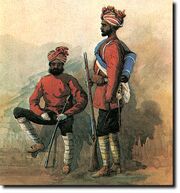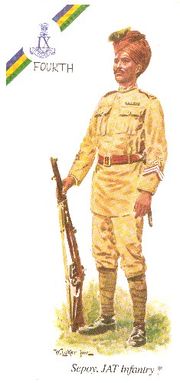
They are the largest group in northwest India, belonging to various clans and more than 1000 Gotras. They are not a homogeneous ethnic group living in a particular area and speaking a single language or following a single religion. Rather, they are a people who live scattered around the world among several ethnic groups, yet retain their own identity. This distinction is often based on occupation and heritage.
The Jats are primarily located in northwestern India and southern Pakistan, although there are some communities in Maldives, Russia, and Ukraine. However, their origin, history, and current dispersion are spread much wider. Jats may be Sikhs, Hindus, or Muslims. In Kashmir the Jats are Muslim and speak the Pothohari/Mirpuri language. In Pakistan, they are Muslims and speak Urdu and Punjabi, and in India, they are Sikhs and Hindus and speak Punjabi, Hindi, Rajasthani, and Haryanvi.
The Jats are primarily located in northwestern India and southern Pakistan, although there are some communities in Maldives, Russia, and Ukraine. However, their origin, history, and current dispersion are spread much wider. Jats may be Sikhs, Hindus, or Muslims. In Kashmir the Jats are Muslim and speak the Pothohari/Mirpuri language. In Pakistan, they are Muslims and speak Urdu and Punjabi, and in India, they are Sikhs and Hindus and speak Punjabi, Hindi, Rajasthani, and Haryanvi.
